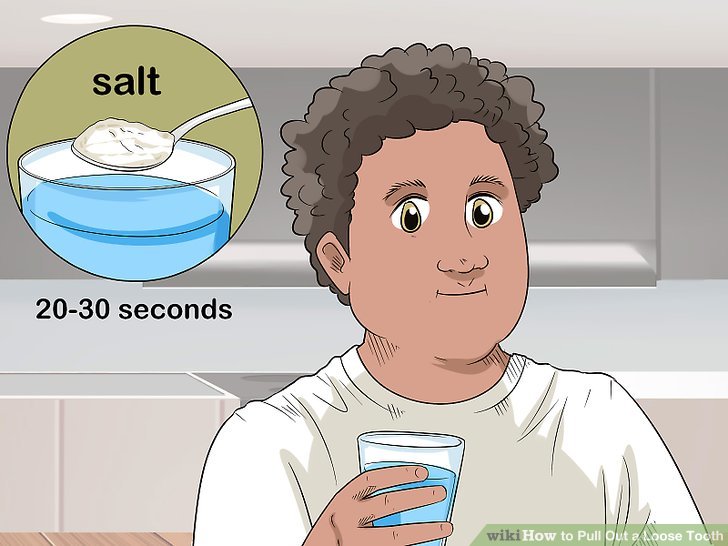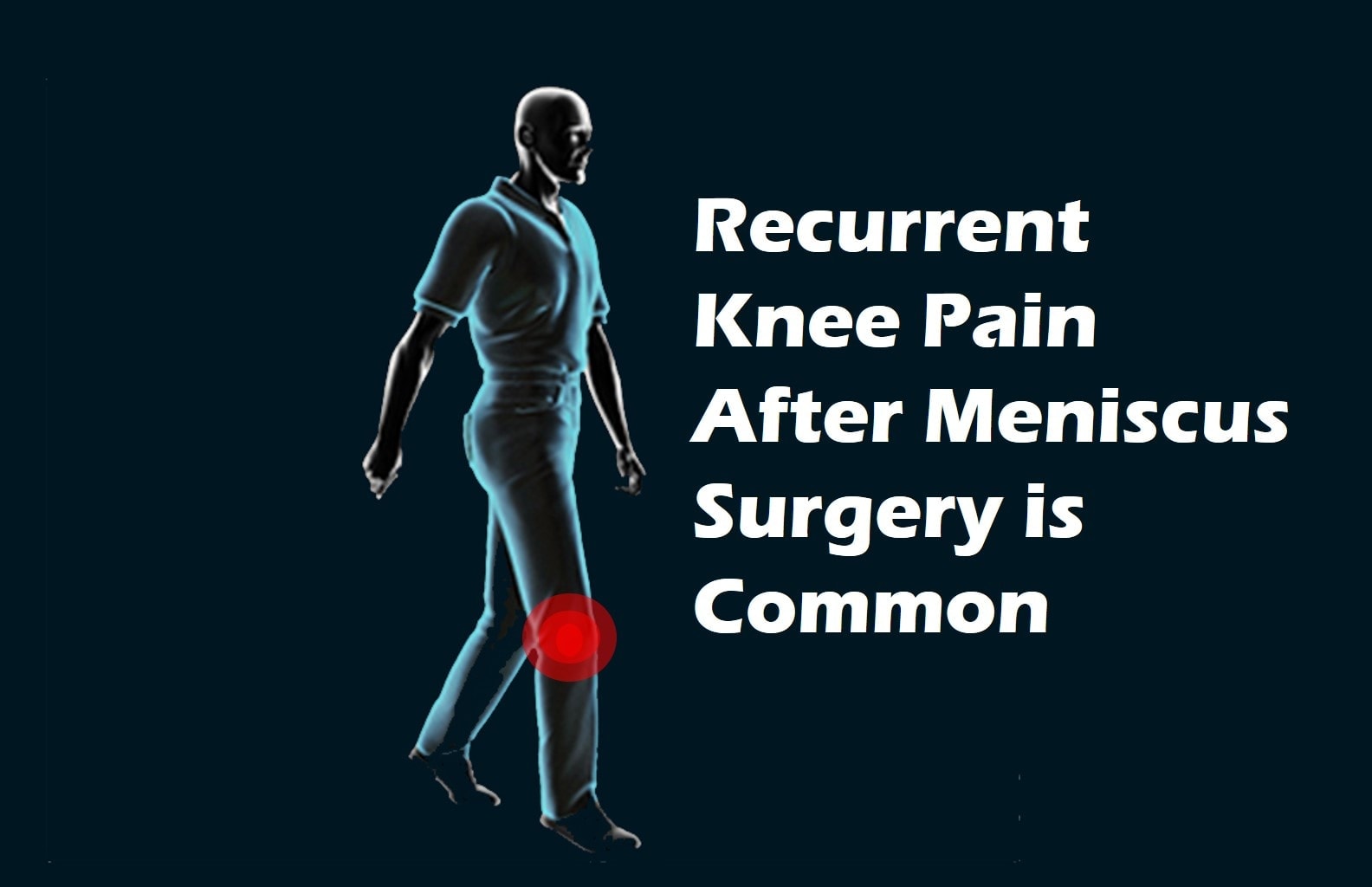Pull Out Loose Tooth Safely

Losing a tooth can be an exciting milestone for children, symbolizing growth and development. However, when a tooth is loose, it’s essential to handle the situation with care to avoid any potential complications. If your child has a loose tooth, you might be wondering how to pull out a loose tooth safely. Before we dive into the process, it’s crucial to understand that not all loose teeth need to be pulled out. Sometimes, a loose tooth can tighten back up on its own, especially if it’s due to gum disease or an injury.
Understanding Loose Teeth
A loose tooth can be caused by various factors, including gum disease, injury, or the natural process of tooth shedding in children. If your child has a loose tooth, it’s essential to monitor the situation closely. In most cases, a loose tooth will fall out on its own, but in some instances, it may need a little help. It’s crucial to differentiate between a tooth that’s loose due to natural causes and one that’s loose due to an underlying issue. For example, if a tooth is loose because of gum disease, pulling it out without addressing the underlying condition can lead to further complications.
Preparing for the Task
Before attempting to pull out a loose tooth, ensure that you have your child’s consent and that they are comfortable with the process. It’s also a good idea to consult with a dentist, especially if your child is anxious or if the tooth is very loose. A dentist can provide professional advice and ensure that the tooth is ready to be pulled out. They may also recommend waiting for a short period to see if the tooth will fall out naturally.
The Safe Removal Process
If you’ve decided to pull out the loose tooth, follow these steps to ensure the process is safe and comfortable for your child:
- Start with a gentle wiggle: Encourage your child to gently wiggle the tooth back and forth with their tongue or finger. This can help loosen the tooth further and make it easier to remove.
- Use a piece of gauze: If the tooth is very loose, you can try using a piece of gauze to grasp it. Wrap the gauze around the tooth and gently twist it. This method can provide a better grip on the tooth without causing discomfort.
- Apply a small amount of pressure: With the gauze in place, apply a small amount of pressure to the tooth. You can do this by gently pulling on the gauze. Be careful not to pull too hard, as this can cause pain or bleeding.
- Monitor for signs of discomfort: Pay close attention to your child’s body language and reactions. If they show signs of discomfort or pain, stop the process immediately.
- Encourage the tooth to fall out naturally: If the tooth doesn’t come out easily, it’s best to let it fall out naturally. Continue to monitor the tooth’s progress and provide reassurance to your child.
Post-Removal Care
After the tooth has been pulled out, it’s essential to provide proper care to the affected area. Here are some steps to follow:
- Apply gentle pressure: Use a cotton ball or gauze to apply gentle pressure to the area. This can help stop any bleeding.
- Monitor for bleeding: Keep an eye on the area for signs of excessive bleeding. If the bleeding doesn’t stop after a few minutes or is heavy, seek medical attention.
- Provide reassurance: Losing a tooth can be a frightening experience for children. Offer plenty of reassurance and praise them for being brave.
- Maintain good oral hygiene: Encourage your child to continue practicing good oral hygiene habits, including brushing and flossing regularly.
When to Seek Professional Help
While pulling out a loose tooth can be a relatively straightforward process, there are instances where professional help is necessary. If you notice any of the following, consult a dentist:
- Excessive bleeding: If the bleeding doesn’t stop after a few minutes or is heavy.
- Pain or discomfort: If your child experiences pain or discomfort during or after the tooth removal process.
- Difficulty pulling out the tooth: If the tooth doesn’t come out easily or is stuck.
- Infection or swelling: If you notice any signs of infection, such as swelling, redness, or pus.
Conclusion
Pulling out a loose tooth can be a straightforward process if done correctly. However, it’s crucial to prioritize your child’s comfort and safety above all else. If you’re unsure about any aspect of the process, it’s always best to consult with a dentist. Remember, losing a tooth is a natural part of growth and development, and with proper care and attention, your child’s smile will continue to flourish.
Frequently Asked Questions
How do I know if my child’s tooth is ready to be pulled out?
+A tooth is usually ready to be pulled out when it’s very loose and can be easily wiggled back and forth. However, it’s always best to consult with a dentist to ensure that the tooth is ready for removal.
What should I do if my child experiences pain or discomfort during the tooth removal process?
+If your child experiences pain or discomfort during the tooth removal process, stop immediately and consult with a dentist. They can provide professional advice and ensure that the process is carried out safely and comfortably.
How can I prevent my child from experiencing anxiety or fear when pulling out a loose tooth?
+To prevent anxiety or fear, it’s essential to approach the situation with sensitivity and care. Explain the process to your child, provide reassurance, and offer plenty of praise and encouragement. You can also consider consulting with a dentist who can provide professional advice and support.

